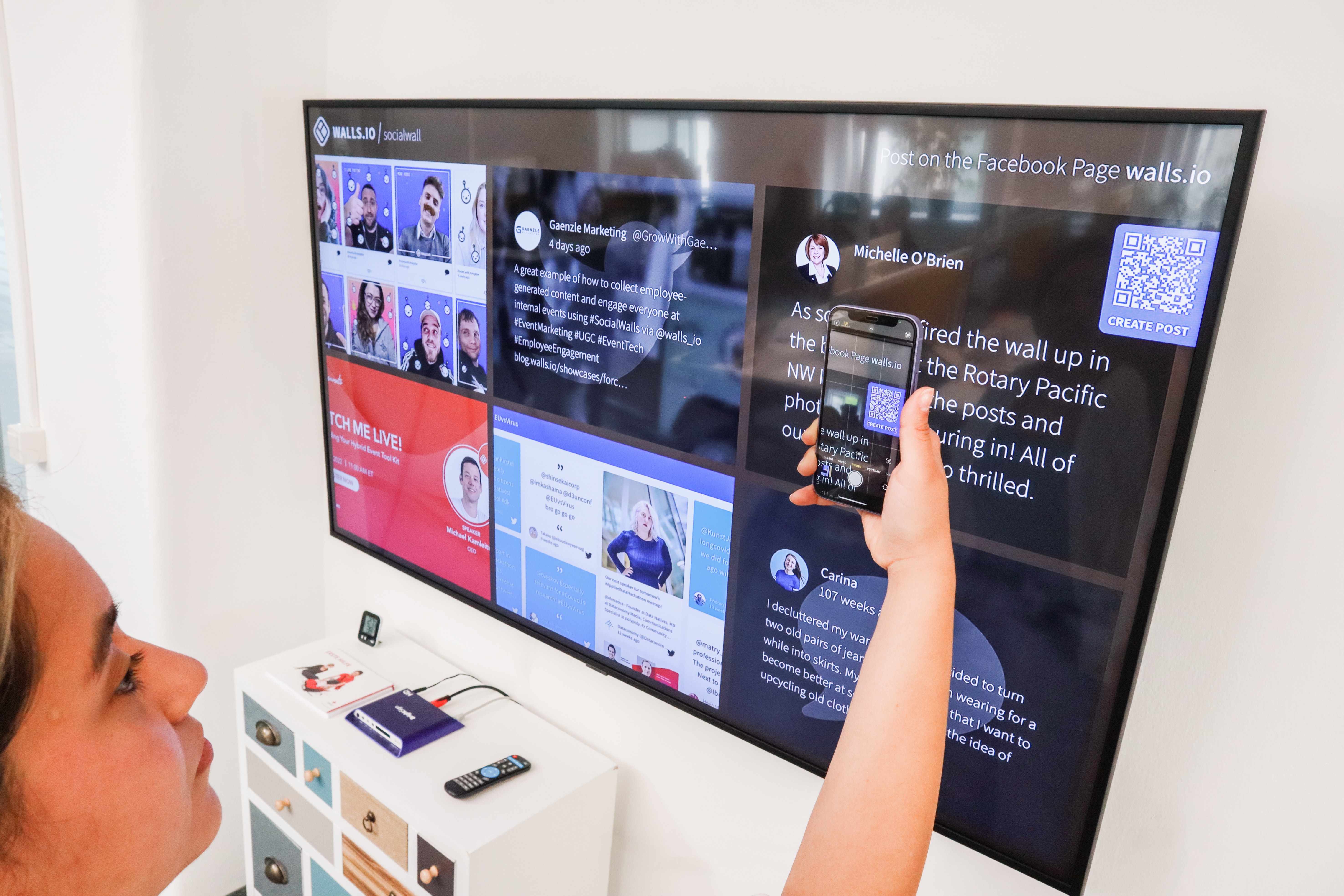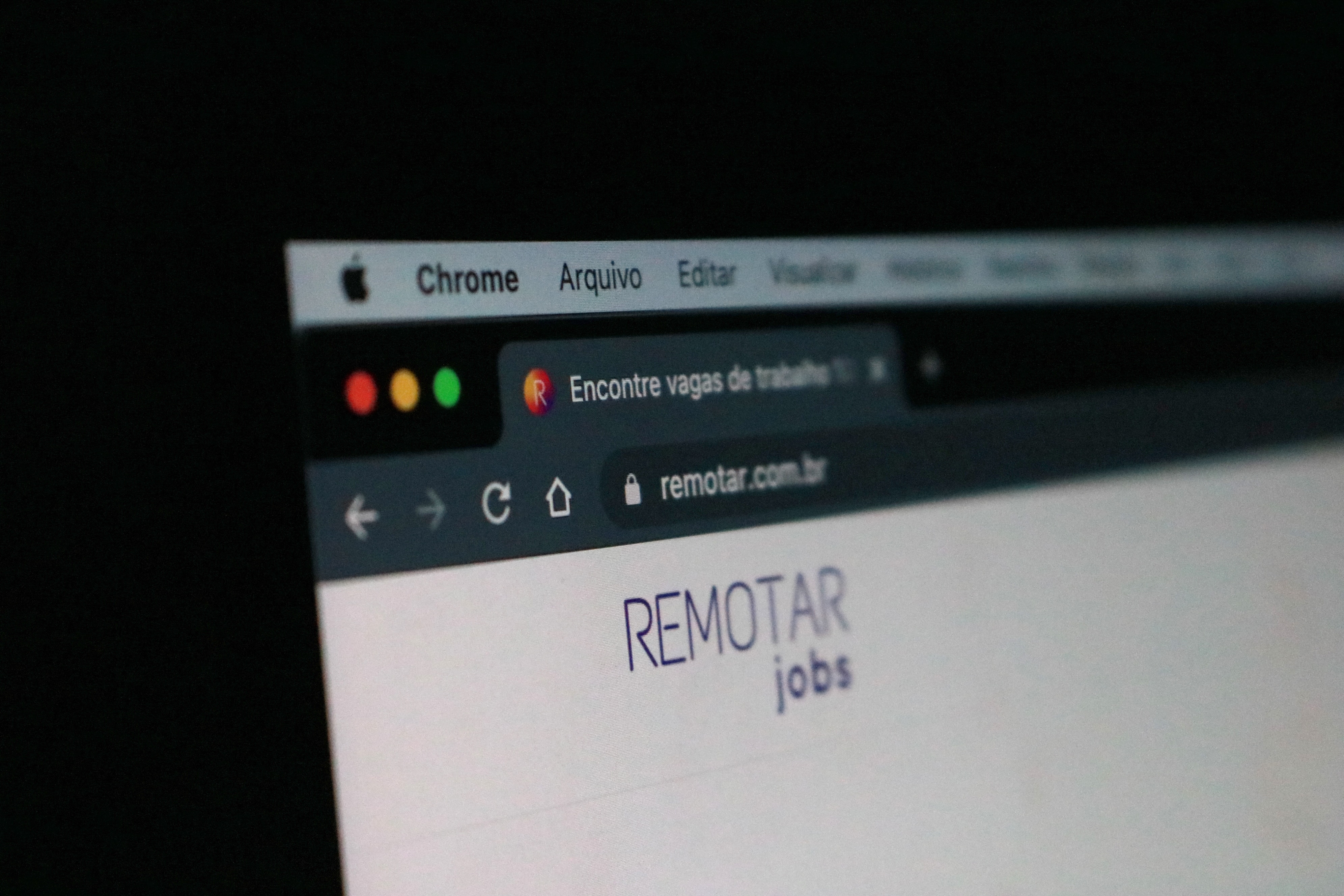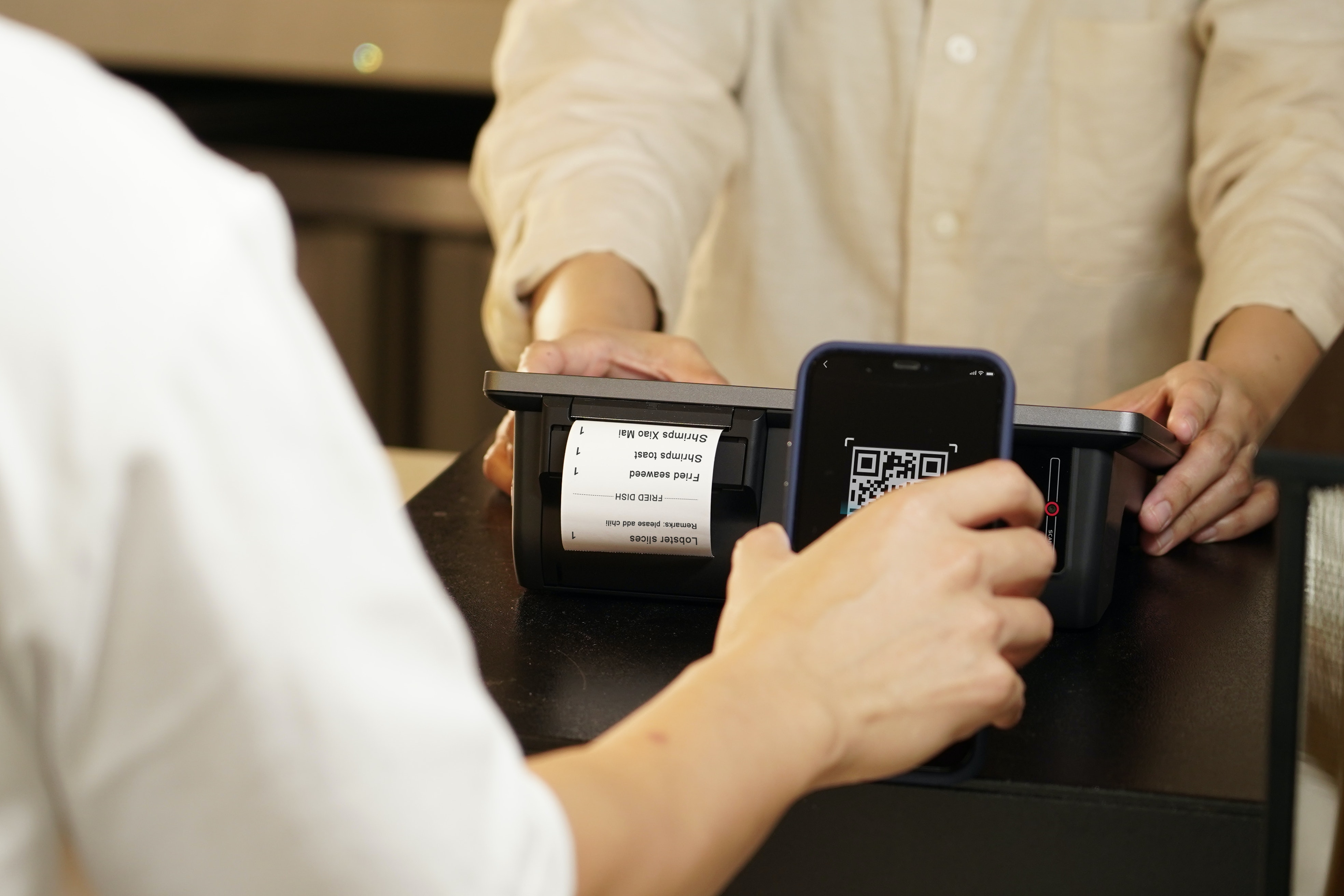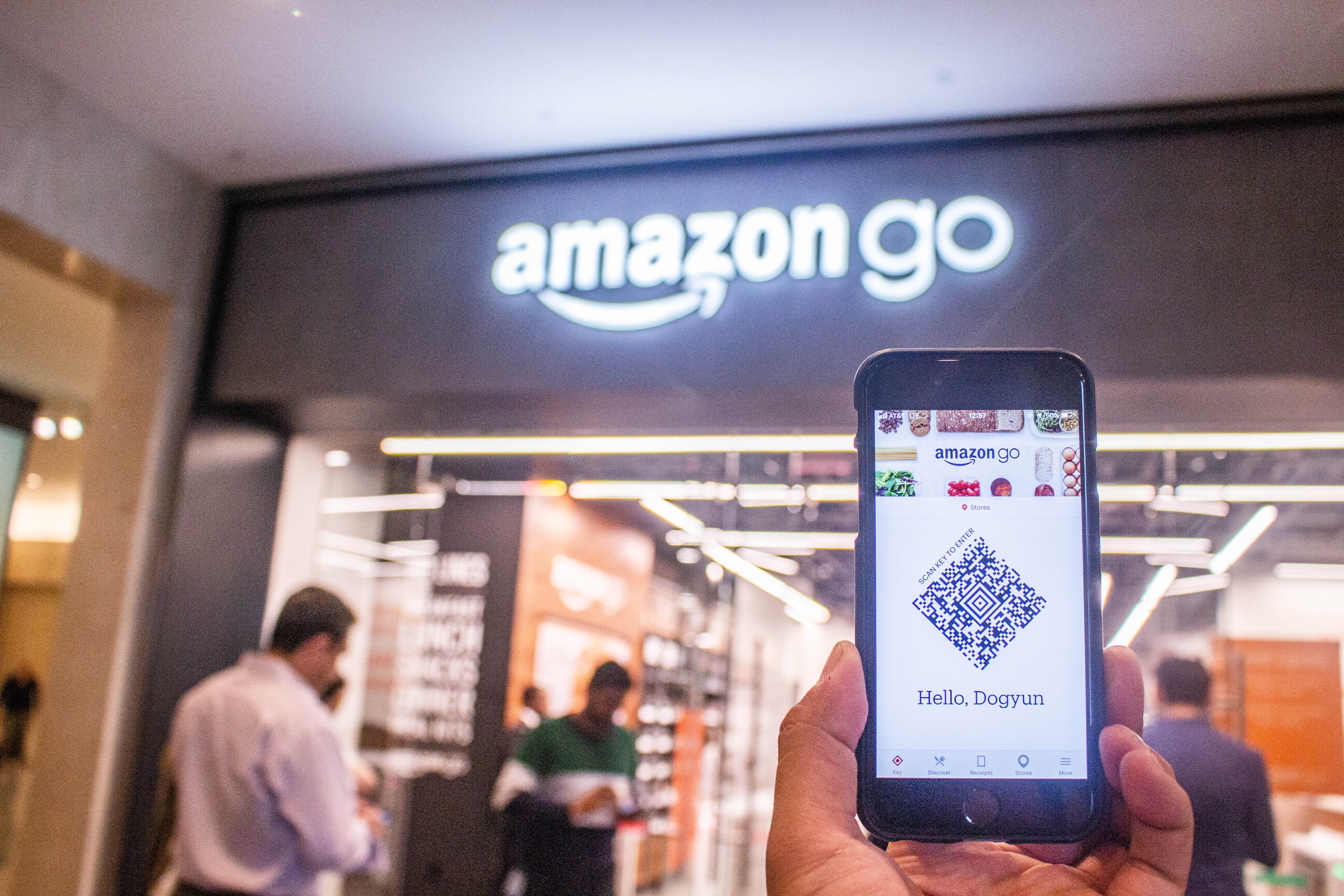QR codes in education: Innovative uses for enhancing learning experiences
You would have seen a bar code, which is a one-dimensional array of thick and thin lines, for each item sold in a retail store. This bar code includes details about the product, including its name, price, and product ID.
QR codes are basically two-dimensional (2D) arrays made up of squares in black and white that can store data along their length and breadth. More apps mean more data. Website addresses, YouTube video links, Twitter and Facebook profile names, phone numbers, and even plain text messages can be stored in QR codes. Really cool, right?
How do you decode these QR codes, then?
It's easy. A QR code scanner or reader app is all that is required for business. To scan a QR code, simply open the app and place your phone's camera over it.
To access whatever is encoded in the QR code, simply open the app. The program runs smoothly on Android phones, iPhones, tablets, and desktops (with good cameras, of course), and the best part is that it's completely free.
YOU CAN MAKE YOUR OWN QR CODE
Again, it's not as difficult as you may imagine. Simply use a QR Code maker. QRstuff.com and Canva's free QR Code Generator are two of the easiest code generators. It is free for a wide range of uses. Simply choose whether to download, email, or print the PNG picture, then select the data type and actual content of the QR Code.
QR codes in Education
QR codes can be used to save your time while logging in by storing website URLs.
Computers are now used in learning spaces by schools. Let us consider, for example, a math teacher who wants to use an online learning tool. It has a URL since it is "online". Every student must manually type in the URL in order to follow along. To get the entire class up to speed can take 10-15 minutes, taking away important class time. How can QR Code be used to fix this issue?
With the link to the online math application, you can easily generate a QR Code and print it.
Create video responses from students as book reviews.
Another excellent example of how QR Codes can be used in education is demonstrated by the literacy programme used by some elementary school students. Here, students saw how a librarian uses an outdated 1-D barcode to keep track of the hundreds of books in the library. This inspired them to come up with an innovative application for the 2D QR Code.
Anyone who reads a book, not only students, would want to express their ideas to other readers. So why not document these viewpoints for readers in the future? The kids at those schools actually did this. They broke up the reading process into several steps. They would make detailed video scripts while reading a book to illustrate what they had learned.
Then they described their viewpoints, suggestions, and significant incidents that contributed to the book's readability. They then combined all of this into a motivational movie where they discussed their experiences (without giving away the resolution, of course).
The video was produced, then printed and adhered to the book as a QR Code.
So, if another student wanted to go through that book, he would just scan the QR Code and then see the video responses of those previous readers. If they think that the book is worth the time spent to read, they would probably read it, keeping an eye out for key passages that previous readers have highlighted and perhaps contributing a little extra along the way.
Conclusion
In conclusion, Quick Response Codes are 2D Barcodes that may store almost any kind of data, including plain text, links, multimedia, etc.QR code scanners are all that is basically required. In the field of education, QR codes can be used to store the URLs of popular in-class internet tools, cutting down on login time. In order for students to share their experiences with passionate readers who would find the book interesting to read, we can also use QR Codes to store a student's book review in the form of a video.




